Disclosure: This article contains affiliate links. We may earn a commission from purchases at no extra cost to you, which helps our travel content.
Singapore's gleaming skyscrapers and iconic attractions draw millions of visitors yearly, but beneath this polished veneer lies a Singapore that most tourists never experience. As someone with Korean heritage who's traveled extensively throughout Asia, I've developed a knack for uncovering the authentic pulse of a destination. During my monthly business trips to Singapore over the past three years, I've ventured beyond the Gardens by the Bay and Marina Bay Sands to discover the city's true character. These explorations have revealed hidden hawker gems where uncles still prepare recipes unchanged for generations, secret motorsport gatherings that fuel my passion for racing, and tranquil green spaces where locals escape the urban intensity. Join me as I share my curated list of Singapore's best-kept secrets – insights that have transformed my relationship with this remarkable city-state from mere admiration to genuine affection.
1. The Hidden Motorsport Haven of Kranji
While Formula 1 fans flock to Singapore for the night race, few discover the thriving grassroots motorsport community centered around Kranji. Tucked away in this northern district is the KF1 Karting Circuit – a world-class facility where local racing enthusiasts gather every weekend for amateur competitions that rival professional events in energy and passion.
On my third business trip to Singapore, a local investor I'd been working with invited me to watch his son compete. What I discovered was a revelation: a vibrant community of motorsport lovers ranging from teenagers to retirees, all sharing an infectious enthusiasm for speed and precision.
The facility offers visitor packages where you can test your skills on the same tracks where several current F1 drivers began their careers. The technical layout challenges even experienced drivers, with its combination of hairpin turns and straightaways that demand perfect weight distribution and braking points. As someone who grew up watching motorsports with my father in Busan, this hidden gem instantly reconnected me with cherished childhood memories.
The best part? After racing, drivers and spectators alike gather at the circuit's open-air canteen for some of the most authentic local food you'll find – prepared by families of the racers themselves. The laksa served here, made by the grandmother of a teenage karting champion, remains unmatched by any restaurant version I've tried in the city center.
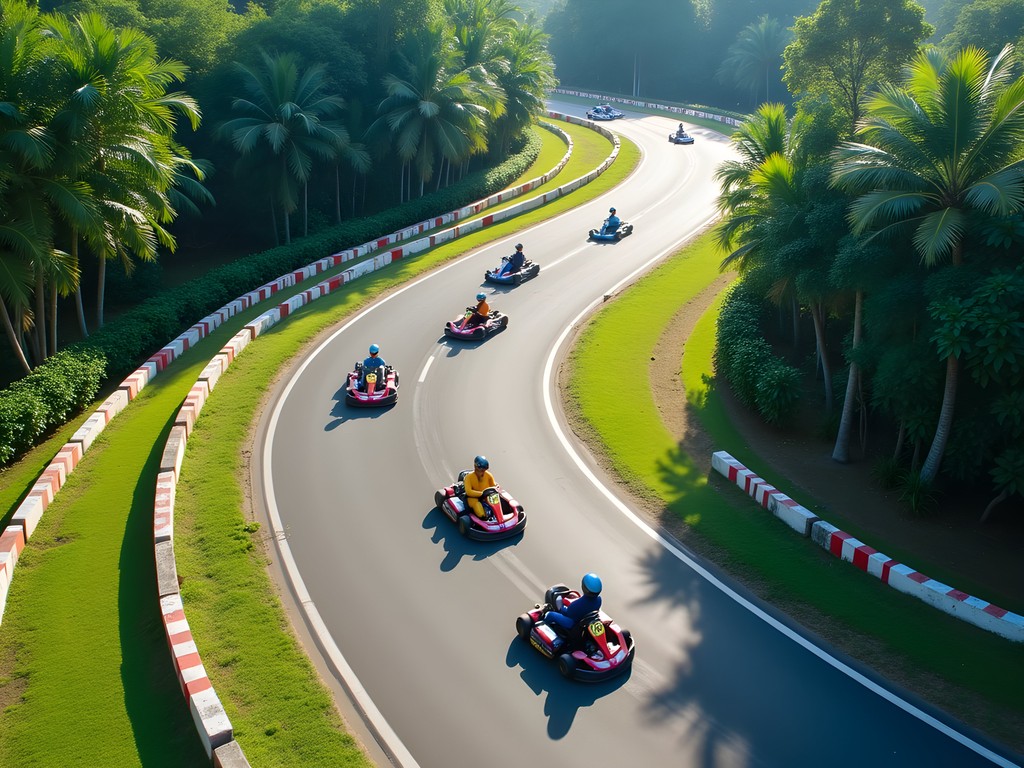
💡 Pro Tips
- Visit on Saturday mornings around 9 AM to catch the amateur qualifying sessions when the energy is highest
- Rental packages are available for beginners, but book at least 3 days in advance through their website
- Bring your portable cooling towel as the stands aren't covered and Singapore's heat can be intense
2. Tiong Bahru Market's Secret Upper Floor
Tiong Bahru Market appears in some guidebooks, but most visitors make a crucial mistake – they never venture upstairs. The ground floor houses a respectable wet market, but the true culinary treasures await on the second floor where local hawkers have been perfecting their craft for decades.
What makes this place special isn't just the food (though the chwee kueh – steamed rice cakes topped with preserved radish – from stall #02-05 will forever change your culinary expectations). It's the morning ritual that unfolds here. Arrive before 8 AM, and you'll witness elderly Singaporeans engaging in their daily routine of kopi (local coffee) and conversation, often in a mixture of Hokkien, Cantonese, and Singlish that creates a linguistic tapestry as rich as the food.
As someone who grew up visiting traditional markets with my Korean mother, these spaces always feel like home to me. The sensory experience – the aroma of freshly steamed buns, the rhythmic chopping of skilled butchers, the animated bargaining – transcends cultural boundaries while simultaneously highlighting what makes each market unique.
My personal ritual now includes bringing my reusable market bag and collecting ingredients for a simple meal. The fruit vendors at stalls #01-40 and #01-42 have begun recognizing me, occasionally slipping extra mangosteen or rambutan into my bag with a knowing smile – a small gesture that makes me feel like less of a visitor and more like a returning friend.
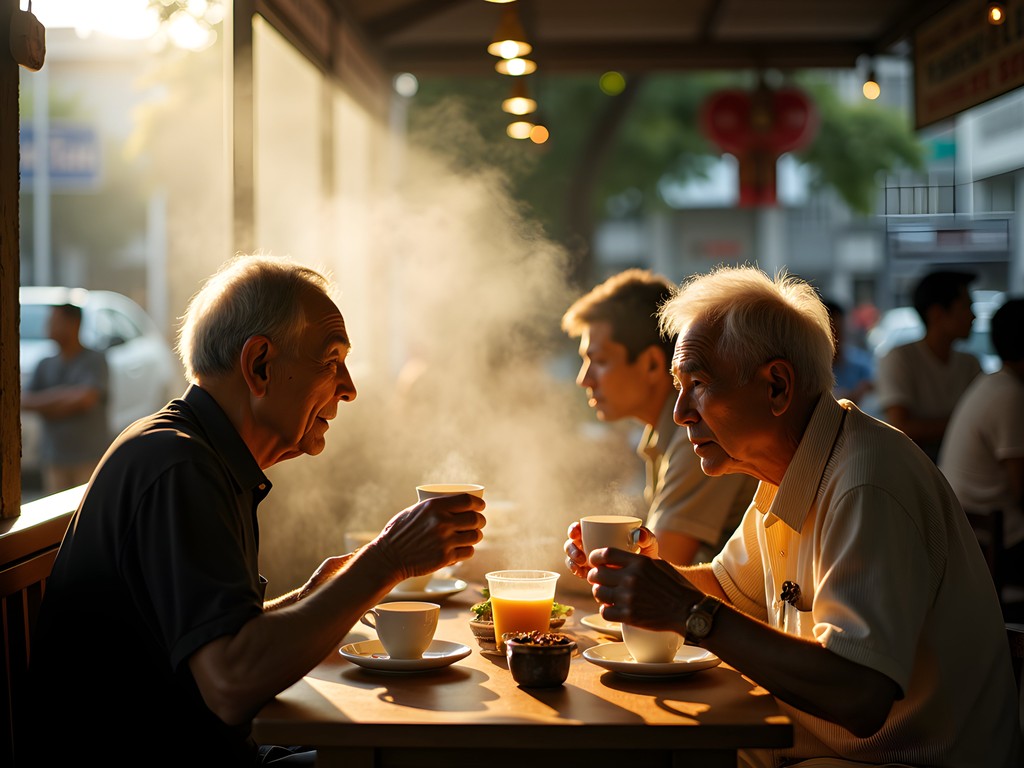
💡 Pro Tips
- Arrive between 7-8 AM to experience the authentic morning market atmosphere before tourist crowds
- Look for stalls with the longest lines of elderly locals – they know which vendors maintain traditional recipes
- Try the Lor Mee at stall #02-58, but ask for less gravy if you're not accustomed to the intensity of the dish
3. The Underground World of Singapore's Car Enthusiast Gatherings
Singapore might seem like the last place for car culture to thrive, given the exorbitant vehicle taxes and strict regulations. Yet, beneath this constrained surface exists a passionate community of automotive enthusiasts who gather for what locals call lepak sessions – informal meetups where beautiful machines and technical conversations flow freely.
These gatherings typically happen in industrial areas like Tuas or Jurong after working hours, where rows of meticulously maintained JDM classics, European performance cars, and even the occasional supercar create an impromptu exhibition. Unlike the flashy car meets you might find in other countries, Singapore's version has a distinctly intellectual bent – conversations center around engineering innovations, restoration challenges, and the economic gymnastics required to own a performance vehicle in this expensive market.
I discovered these gatherings through a chance conversation with a fellow motorsport enthusiast at a business dinner. After establishing my genuine interest (and knowledge) of cars, he invited me to join one of these sessions. What struck me most was how these gatherings transcend Singapore's usually rigid social hierarchies – here, the 20-something mechanic and the 50-something bank executive converse as equals, united by their shared passion.
Being a woman in these predominantly male spaces initially drew curious glances, but my technical questions about differential tuning and suspension setups quickly established my credibility. Now, whenever I'm in Singapore, I message my contacts to see if any gatherings are happening. I've found that bringing my compact camera rather than using my phone signals respect for their craftsmanship and helps break the ice with owners proud of their vehicles.
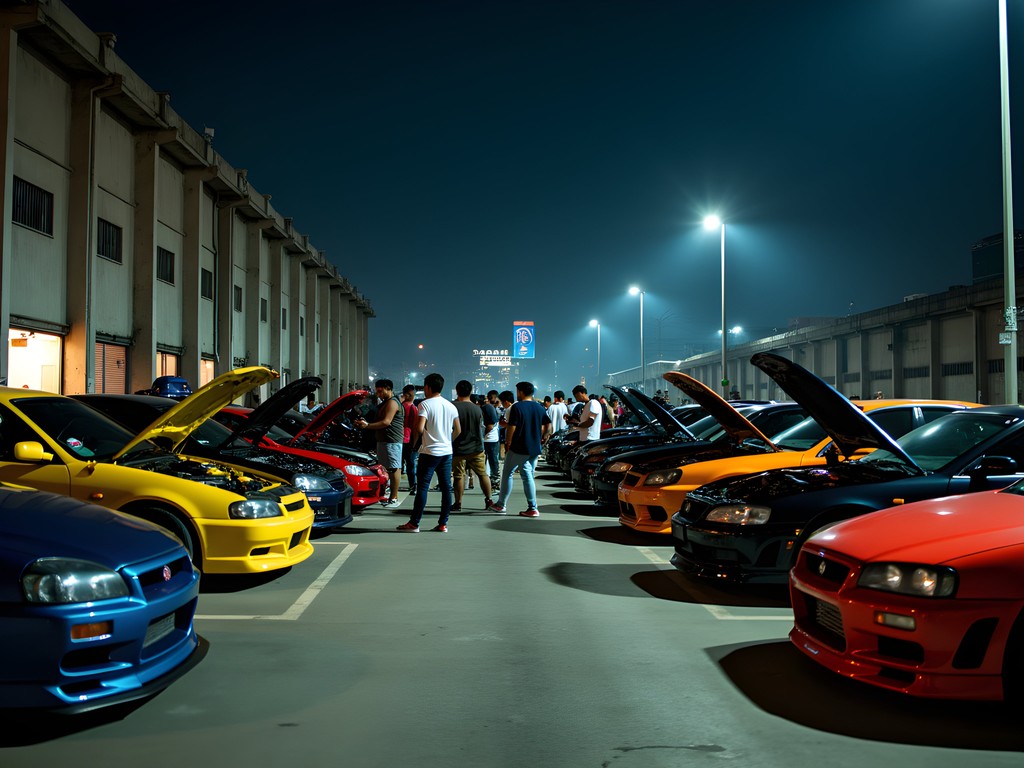
💡 Pro Tips
- These gatherings aren't advertised publicly – you'll need to connect with local car enthusiasts through forums or social media groups like 'SG Car Addicts'
- Respect the unwritten rule of asking permission before photographing someone's car
- If invited, bring local snacks like pineapple tarts or bak kwa (sweet jerky) to share – this simple gesture goes a long way
4. Pulau Ubin's Forgotten Kampong Life
Just a 10-minute bumboat ride from Changi Point Ferry Terminal lies Pulau Ubin, Singapore's time capsule of kampong (village) life as it existed before the nation's rapid modernization. While some tourists make day trips here for cycling, most never venture beyond the main trails to discover the island's true treasures.
On my second visit to Pulau Ubin, I rented a bicycle but deliberately took wrong turns until I found myself on unmarked paths leading to the island's eastern shores. Here, I encountered one of the last traditional kampongs in Singapore, where fewer than 20 residents maintain a lifestyle largely unchanged since the 1960s. Houses built on stilts, with zinc roofs and wooden walls, stand in stark contrast to Singapore's gleaming condominiums.
What makes this experience special isn't just observing this preserved way of life – it's the opportunity to engage with it. At the home of Auntie Ling (as she insisted I call her), I was invited to try my hand at traditional kueh making. My clumsy attempts at shaping the colorful rice cakes elicited good-natured laughter, bridging any cultural gaps between us. Though we communicated through a mixture of broken English, Mandarin phrases I remembered from business meetings, and universal gestures, the connection felt profound.
The eastern shores also offer stunning mangrove ecosystems best explored during low tide. I recommend wearing proper water shoes as the terrain can be muddy and sharp with shells. The effort is rewarded with sightings of hornbills, wild boars, and if you're lucky, the critically endangered dugongs that occasionally feed on the seagrass beds offshore.
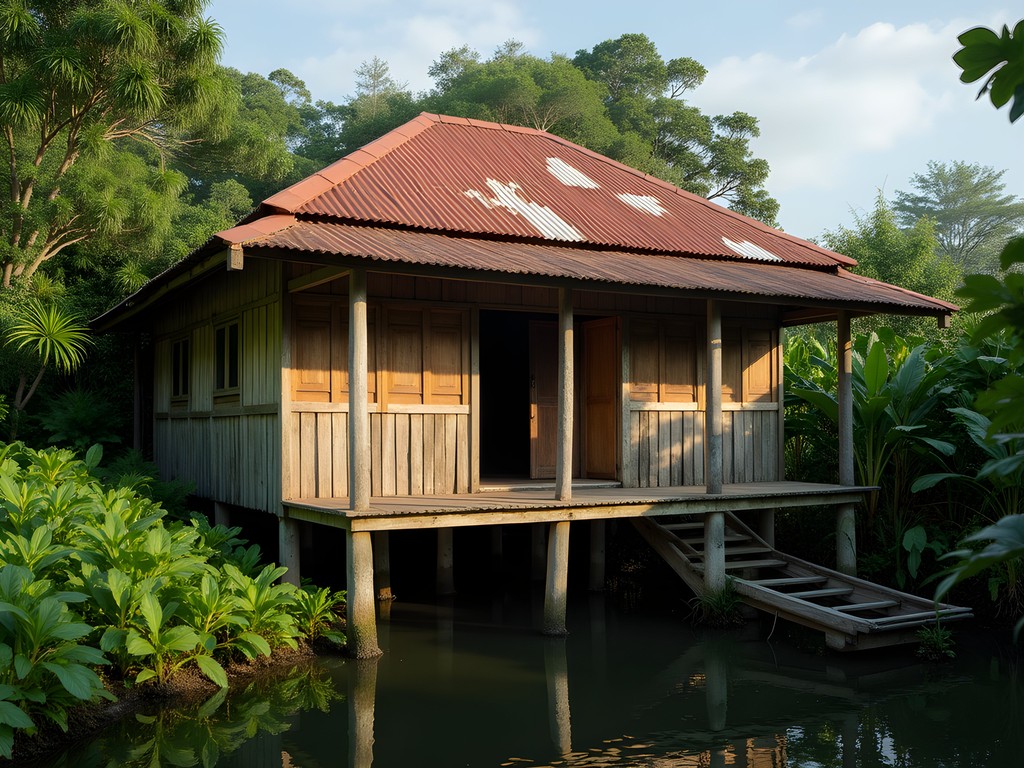
💡 Pro Tips
- Check tide tables before visiting – low tide offers the best opportunity to explore the mangroves and tidal flats
- Bring cash (Singapore dollars) as there are no ATMs on the island and most vendors don't accept cards
- Pack more water than you think you'll need, especially during Singapore's hotter months from April to June
5. The Secret Rooftop Urban Farms
Singapore's land scarcity has sparked creative solutions for food production, with urban farming taking root in unexpected places – particularly on rooftops across the city. These hidden agricultural oases aren't just practical responses to limited space; they've evolved into community hubs where knowledge of traditional growing techniques merges with cutting-edge hydroponic innovations.
Citiponics at Ang Mo Kio and Edible Garden City at Funan Mall represent the more accessible urban farms, but my favorite remains the community-run rooftop garden atop a public housing block in Tampines. Unlike commercial operations, this volunteer-maintained space embodies the kampong spirit (community cohesion) that Singapore's rapid development has sometimes overshadowed.
I discovered this hidden gem through a Korean-Singaporean business contact who volunteers there on weekends. During my first visit, I was immediately enlisted to help harvest kangkong (water spinach) and taught the proper technique for picking the tender shoots without damaging the plant. The elderly Chinese auntie instructing me reminded me so much of my Korean grandmother that I felt an immediate connection despite our language barrier.
What makes these spaces special is their role as intergenerational knowledge transfer hubs. University students implement vertical farming techniques alongside retirees who contribute traditional growing wisdom passed down through generations. The resulting produce often incorporates both Korean and Singaporean heritage vegetables, creating a living agricultural fusion that mirrors Singapore's multicultural identity.
Visitors can arrange tours of some urban farms through the Edible Garden City website, but for the community gardens, you'll need a local connection. If you're staying in Singapore for an extended period, I recommend bringing a gardening journal to document the techniques and varieties you encounter – they're often unique adaptations to Singapore's tropical climate.
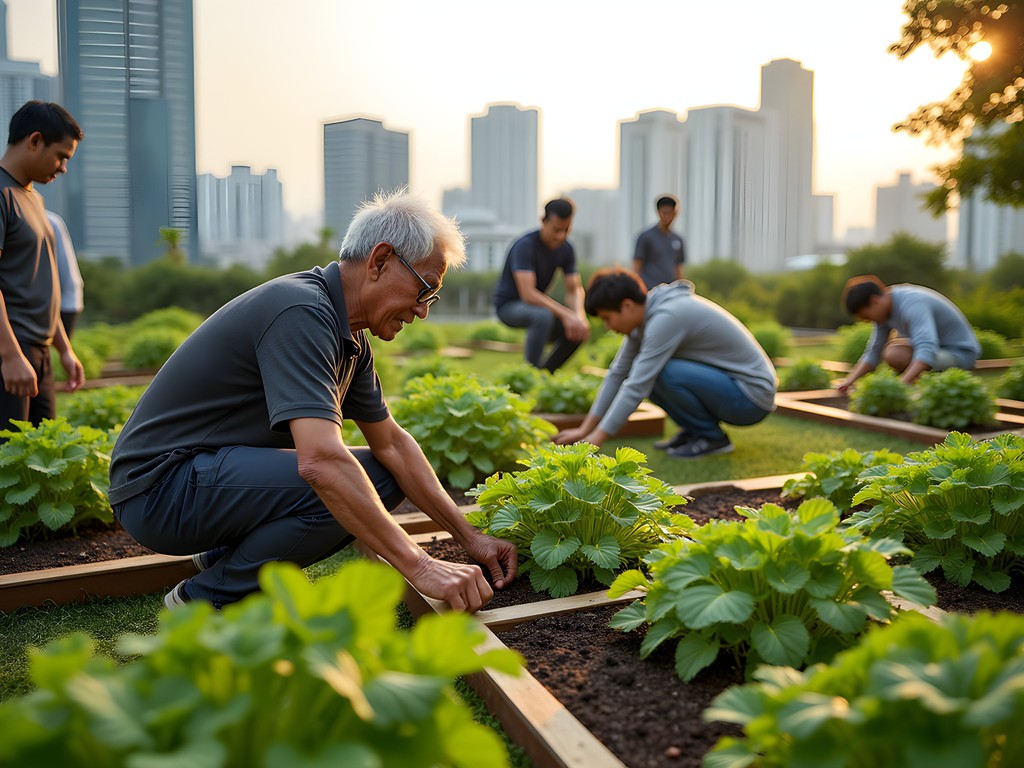
💡 Pro Tips
- Visit on weekend mornings when community members gather to tend the gardens and are most open to conversations with visitors
- Bring a small gift like specialty seeds from your home country – this thoughtful gesture can open doors to deeper connections
- Look for HDB (public housing) blocks with green roofs visible on Google Maps – these often indicate community gardens worth exploring
6. The Disappearing Kopitiams of Geylang
Geylang's reputation as Singapore's red-light district often overshadows its rich cultural heritage, particularly its traditional kopitiams (coffee shops) that represent a vanishing piece of Singaporean identity. Unlike the polished coffee chains downtown or the tourist-friendly establishments in Chinatown, Geylang's kopitiams remain authentically local – places where time seems suspended in the 1970s.
My favorite is Hua Bee at 78 Moh Guan Terrace, which transforms from a traditional breakfast spot in the mornings to a hip ramen joint at night – a perfect metaphor for Singapore's balance between tradition and innovation. The marble-topped tables, wooden chairs, and vintage ceiling fans create an atmosphere that no designer could authentically replicate.
What makes these establishments special isn't just their aesthetic but their function as neighborhood living rooms. During my visits, I've observed business deals being negotiated, mahjong games stretching for hours, and political discussions conducted in hushed tones. The kopitiam is where Singapore's carefully maintained public persona relaxes into something more authentic and unfiltered.
The traditional kopi (coffee) preparation is a spectacle itself – watching the uncle pull the coffee through a sock filter with balletic precision, creating the perfect cup of robust kopi-o (black coffee) or kopi-c (with evaporated milk). The proper Singapore breakfast experience must include kaya toast – crisp bread spread with coconut jam and served with soft-boiled eggs seasoned with dark soy sauce and white pepper.
I've found that bringing my pocket translator helps bridge communication gaps with the older kopitiam uncles and aunties who might not speak English. While younger Singaporeans are typically fluent in English, many older residents are more comfortable with Hokkien, Cantonese or Malay, and they often have the most fascinating stories to share.
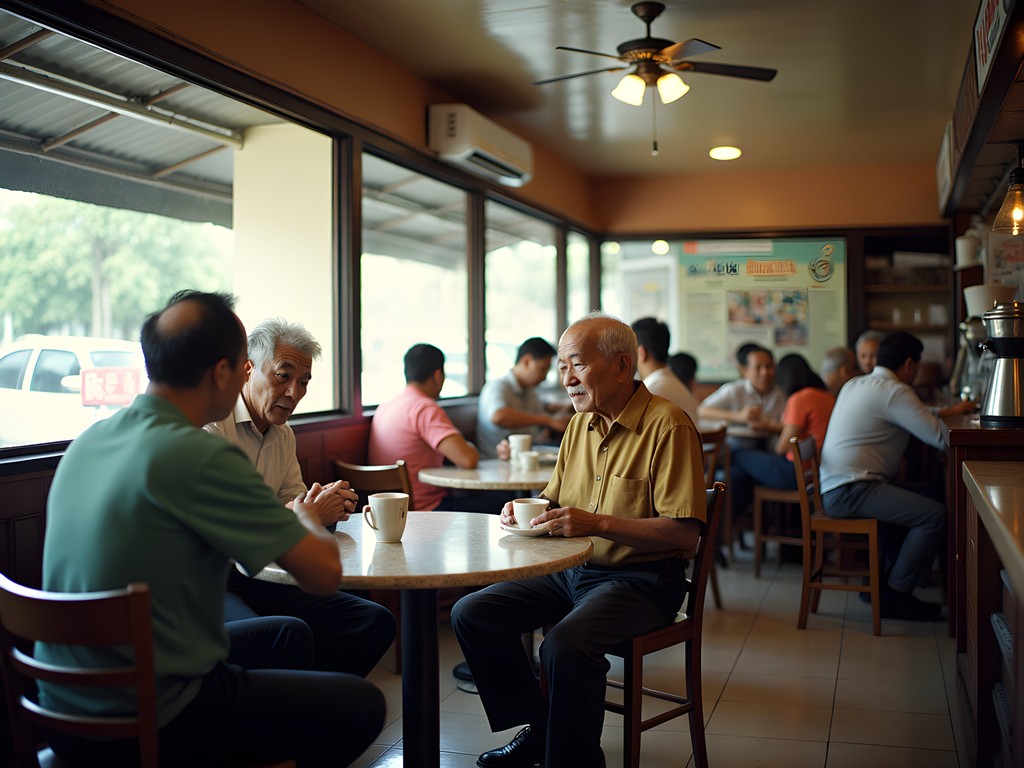
💡 Pro Tips
- Visit between 7-9 AM for the most authentic atmosphere when locals gather before work
- Learn basic kopitiam ordering terms: 'kopi' (coffee with condensed milk), 'kopi-o' (black coffee), 'kopi-c' (coffee with evaporated milk)
- Don't be discouraged by gruff service – it's part of the experience and doesn't reflect unfriendliness
7. The Microbrewery Scene Hidden in Industrial Spaces
Singapore's strict alcohol regulations and high taxes have pushed its craft brewing scene into unexpected territories – primarily industrial buildings and warehouses in outlying areas like Mandai and Jurong. These hidden breweries represent Singapore's entrepreneurial spirit finding expression despite constraints, much like how Korean craft brewers navigated similar challenges a decade ago.
What makes these spaces special isn't just the quality of the beer (though several have won international awards) but how they've evolved into cultural hubs that defy Singapore's sometimes sterile reputation. On weekends, these industrial spaces transform into vibrant gathering spots where live music, art exhibitions, and of course, exceptional beer create a distinctly Singaporean take on craft culture.
My favorite remains Pink Blossoms Brewing in the Ubi industrial area. Founded by a former banker who traded financial security for brewing passion, their Lean on Me Milk Stout incorporates elements of local kopi culture with notes of condensed milk and robust coffee. The brewery's concrete floors and exposed pipes might seem austere, but the community that gathers here creates an atmosphere of genuine warmth.
What struck me most during my visits was the diversity of the crowd – unlike many craft beer scenes that skew heavily male, Singapore's microbreweries attract a balanced mix of genders, ages, and ethnicities. Conversations flow easily between strangers, with beer serving as both subject and social lubricant. As someone who often travels solo, I've found these spaces particularly welcoming for making authentic local connections.
Many breweries offer tasting flights, allowing you to sample multiple styles without overindulging. I recommend bringing a pocket notebook to record your impressions – Singapore's brewing scene is evolving rapidly, and documenting your discoveries adds another dimension to the experience.
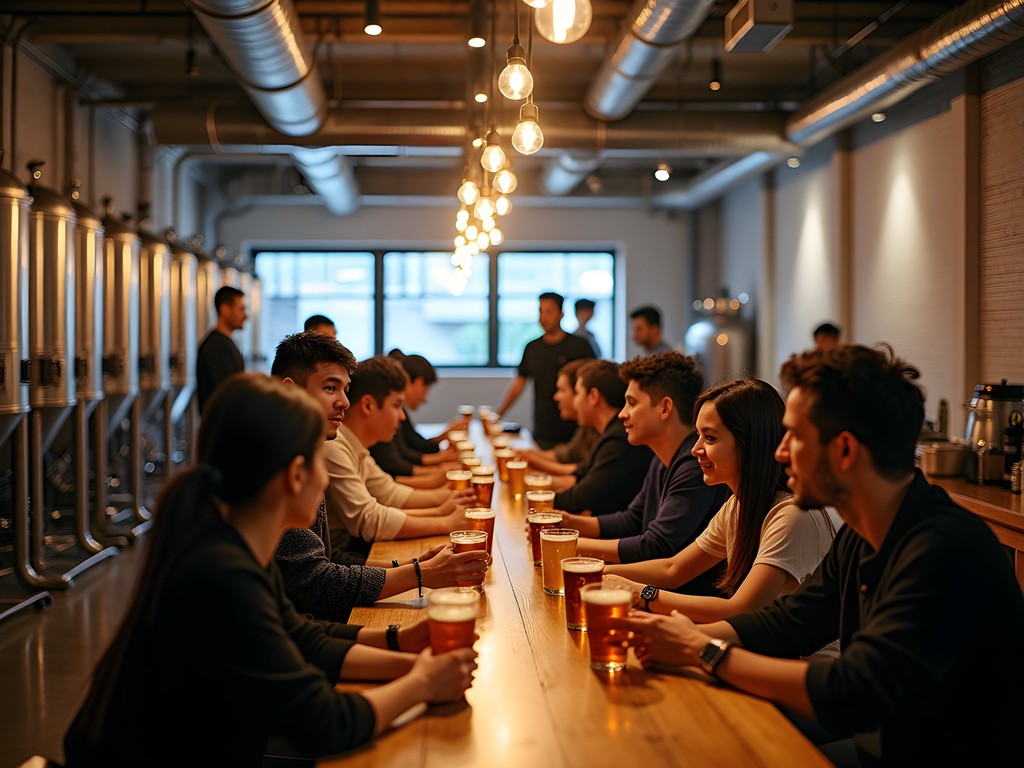
💡 Pro Tips
- Most microbreweries are only open Thursday through Sunday – check their Instagram accounts for current hours as they change frequently
- Use ride-sharing apps rather than public transport, as many are located in industrial areas with limited accessibility
- Ask about 'brewery-only' releases not available elsewhere – these limited editions often showcase experimental styles with local ingredients
8. The Secret Sound of Singapore After Hours
Beyond the polished nightlife districts of Clarke Quay and Marina Bay lies Singapore's underground music scene – a thriving ecosystem of jazz cellars, experimental electronic venues, and traditional Chinese opera performances that reveal the city's cultural depth after sunset.
What makes these venues special is their deliberate obscurity – many lack signage, maintain minimal online presence, and rely entirely on word-of-mouth. This isn't pretension but preservation, creating spaces where artists can take risks without commercial pressure and audiences can engage without tourist spectacle.
My introduction to this hidden soundscape came through a Singaporean venture capital colleague who moonlights as a jazz pianist. After a business dinner, he invited me to 'sit in' at what looked like an ordinary shophouse in Chinatown. Descending a narrow staircase, I discovered a basement jazz club where local musicians and international visitors exchange musical ideas until the early morning hours. The level of musicianship rivaled what I've heard in New York or Seoul, but with distinctly Singaporean fusion elements – traditional Chinese melodies reimagined through jazz harmony or Malay percussion integrated into contemporary compositions.
For electronic music enthusiasts, the true scene exists not in the flashy clubs but in repurposed industrial spaces in Geylang and Kallang where local DJs experiment with sounds that blend global influences with Southeast Asian elements. These pop-up events move locations frequently, partly due to licensing challenges but also to maintain their underground character.
Perhaps most surprising was discovering traditional Chinese opera performances held in community centers across the heartlands (residential neighborhoods). These performances, attended primarily by elderly residents, preserve art forms that date back centuries. Though I couldn't understand the lyrics, the emotional power of the performances transcended language barriers.
Navigating this after-hours landscape requires local connections, but platforms like Resident Advisor sometimes list the more accessible events. I recommend bringing your compact earplugs as many venues have excellent sound systems but challenging acoustics due to their repurposed nature.
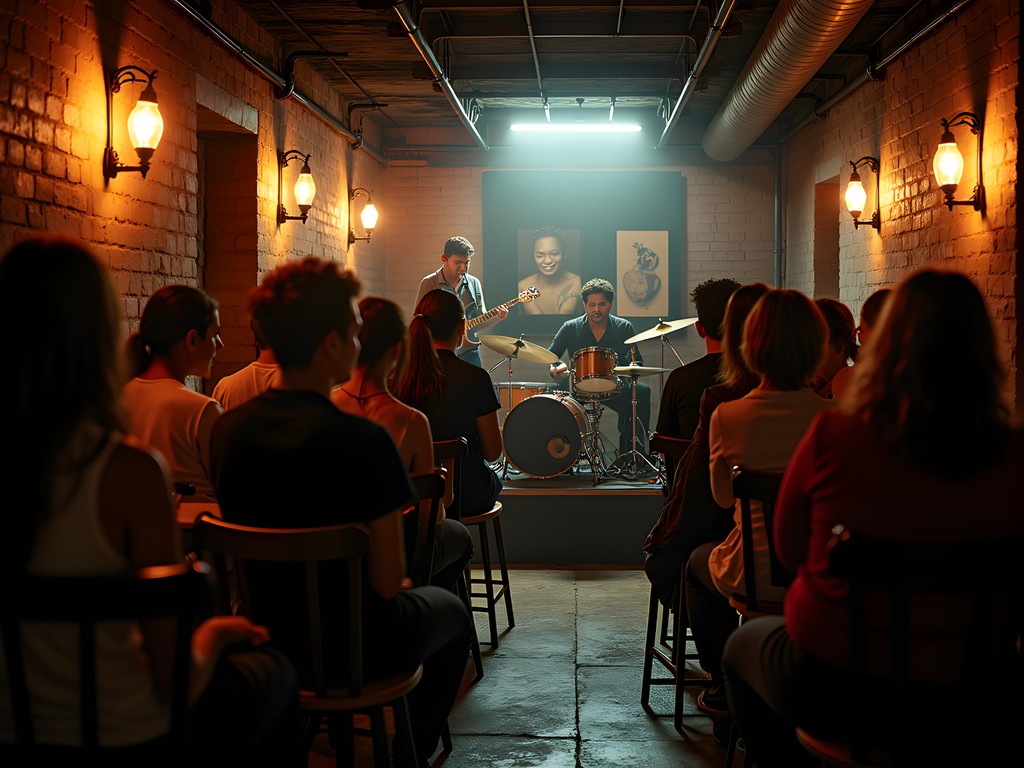
💡 Pro Tips
- Follow local music collectives like Darker Than Wax and Syndicate on social media for announcements about underground events
- Respect the photography policies of underground venues – many prohibit photos to protect the experience and privacy of attendees
- For traditional performances in community centers, arrive early and demonstrate genuine interest – this often leads to conversations with elders eager to share cultural knowledge
9. The Last Traditional Medicine Practitioners
While Singapore projects an image of cutting-edge medical technology, a parallel healthcare system thrives in the back alleys of Chinatown and Geylang – traditional Chinese medicine (TCM) shops where diagnostic techniques and remedies remain largely unchanged for centuries. These establishments represent living history in a nation often criticized for sacrificing heritage for progress.
What makes these places special isn't just their historical significance but their continued relevance in contemporary Singaporean life. Bankers in bespoke suits consult with traditional physicians about stress-related ailments, while elderly patients seek relief for chronic conditions through methods their great-grandparents would recognize. This integration of ancient and modern approaches to wellness reflects Singapore's pragmatic character – embracing what works regardless of its origin.
My most memorable experience came from a small TCM shop near Keong Saik Road, where the physician – a fourth-generation practitioner – diagnosed my persistent jet lag through pulse reading and tongue examination. The precision with which he identified my symptoms without my explanation was remarkable. The bitter herbal tea he prescribed (boiled from a paper package of roots, berries, and dried ingredients I couldn't identify) restored my sleep cycle more effectively than any pharmaceutical solution I'd tried.
Beyond medicine, these shops function as informal community centers where health advice mingles with neighborhood news and intergenerational wisdom. The unhurried pace contrasts sharply with Singapore's efficiency-focused reputation, creating spaces where time expands rather than contracts.
Many shops welcome respectful visitors, though few cater to English speakers. I've found that bringing photographs of any health concerns bridges communication gaps better than translation apps. For those interested in traditional remedies, most practitioners can recommend preventative tonics appropriate for travelers – I particularly value the cooling teas that help combat Singapore's relentless humidity.
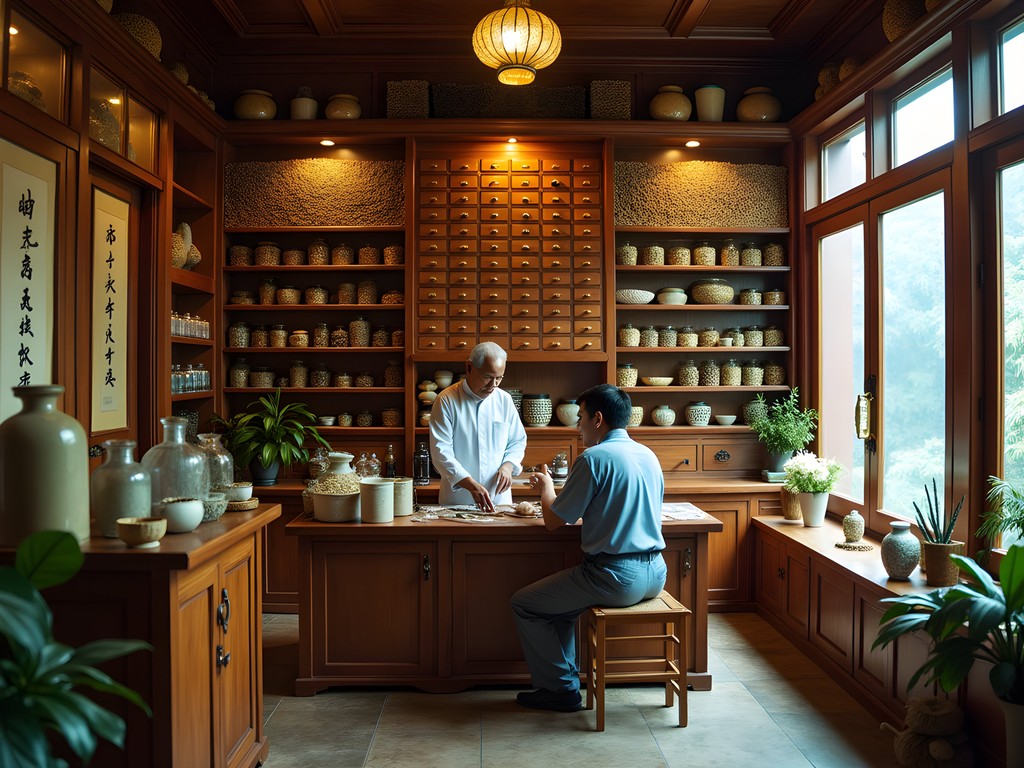
💡 Pro Tips
- Look for TCM shops with multiple generations working together – this often indicates authentic knowledge transfer rather than commercial operations
- Visit in the mid-morning (around 10 AM) when shops are less busy and practitioners have more time for questions
- If purchasing remedies, ask about potential interactions with any Western medications you're taking – reputable practitioners will be forthcoming about limitations
10. The Forgotten Railway Corridors
Before Singapore became a hub of ultramodern transportation, the island was connected by railway lines that linked it to the Malay Peninsula. When these lines were decommissioned, nature reclaimed portions of the tracks while others were transformed into green corridors – creating linear parks that tell the story of Singapore's evolution from colonial outpost to global city.
The most famous section is the Rail Corridor (or Green Corridor), but locals know that the truly special experiences lie in the less developed northern sections near Kranji and the southern portions near Tanjong Pagar. These areas preserve more of the original infrastructure – signal houses, mile markers, and occasional pieces of track emerging from the vegetation like industrial archaeology.
What makes these spaces special is how they've become unofficial community parks where Singapore's carefully managed public behavior relaxes into something more spontaneous. On weekends, you'll find families picnicking beside the tracks, elderly photographers documenting the changing landscape, and even the occasional heritage tour led by passionate volunteers rather than licensed guides.
My favorite discovery came from following the corridor north of Kranji MRT, where I encountered a small group of seniors practicing tai chi beside an abandoned railway bridge. They welcomed me to join their practice, leading to an impromptu lesson where my clumsy attempts elicited patient corrections and eventually, shared laughter. This moment of cross-cultural connection through movement remains one of my most cherished Singapore memories.
These corridors also offer rare uninterrupted nature walks in densely developed Singapore. The vegetation creates natural tunnels that provide welcome shade, though Singapore's tropical climate means preparation is essential. I never explore these areas without my insect repellent as mosquitoes can be particularly aggressive near the marshy sections after rainfall.
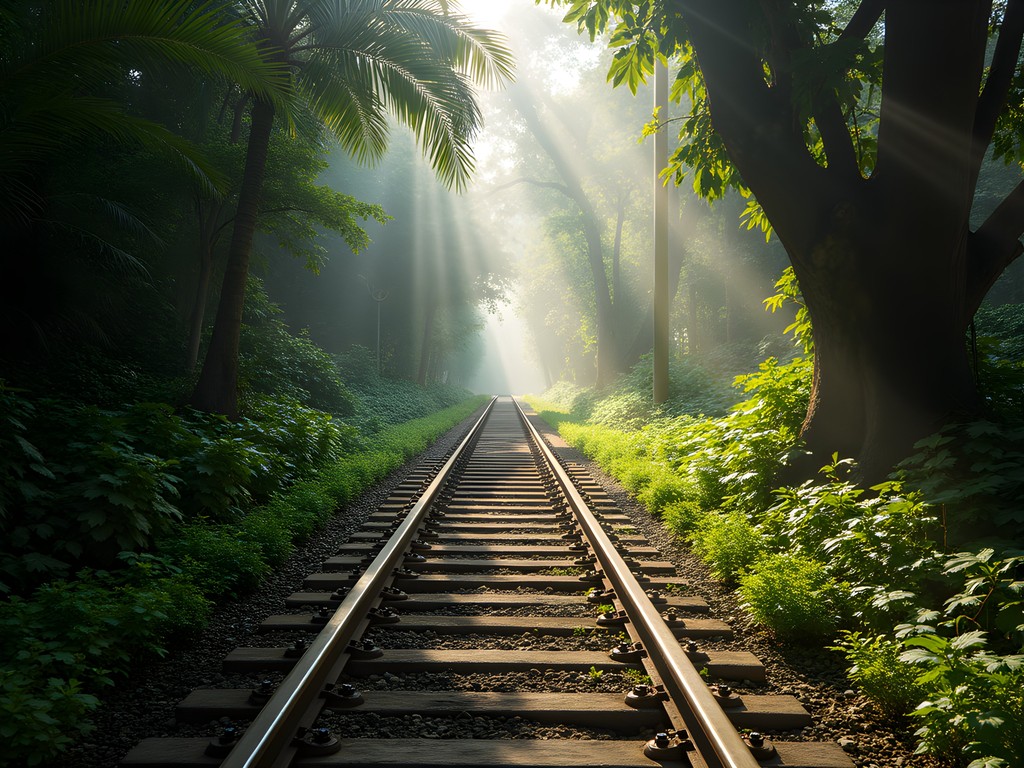
💡 Pro Tips
- Download offline maps before exploring as some sections have poor cellular coverage despite being in Singapore
- The northern sections are best explored early morning (before 9 AM) to avoid the midday heat and catch wildlife activity
- Bring at least 1.5 liters of water per person – there are limited facilities once you're on the corridor
Final Thoughts
Singapore reveals itself in layers to those willing to venture beyond its polished exterior. These ten secrets represent just a fraction of what makes this city-state so endlessly fascinating – a place where ancient traditions and hypermodernity coexist in dynamic tension. What strikes me most, as someone with dual cultural heritage, is how Singapore's multicultural identity creates spaces where seemingly contradictory elements harmonize rather than conflict. Whether you're exploring forgotten railway corridors at dawn, sharing homemade laksa with karting enthusiasts, or joining impromptu jazz sessions in unmarked basements, the Singapore that emerges is infinitely more complex and rewarding than its carefully curated global image suggests. I invite you to use these starting points not as a definitive guide but as inspiration to discover your own secret Singapore – one meaningful connection and wrong turn at a time.
✨ Key Takeaways
- Singapore's most authentic experiences often exist in unmarked spaces and through personal connections rather than tourist attractions
- The city's strict regulations have pushed creative communities into unexpected spaces, creating unique cultural experiences
- Intergenerational knowledge transfer is a recurring theme across Singapore's hidden gems, from urban farms to traditional medicine
- Morning hours (before 9 AM) often reveal a different side of Singapore before the city fully awakens
- Respectful curiosity and patience are the keys to accessing Singapore's most meaningful hidden experiences
📋 Practical Information
Best Time to Visit
Year-round, though February-April offers slightly less rainfall
Budget Estimate
$100-200 SGD daily excluding accommodation
Recommended Duration
5-7 days minimum to explore beyond tourist sites
Difficulty Level
Easy To Moderate (Primarily Urban Exploration With Some Off-The-Beaten-Path Locations)
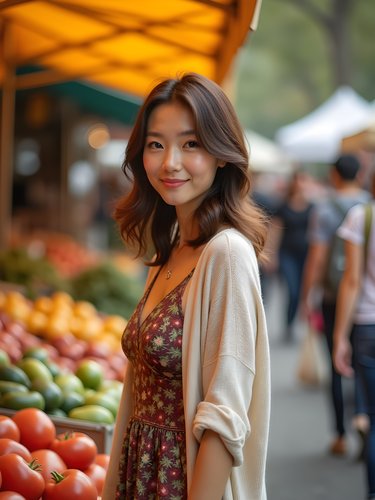
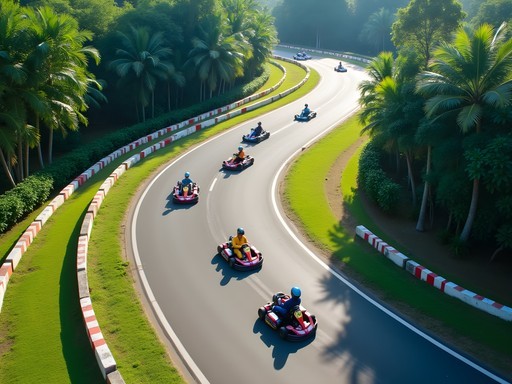







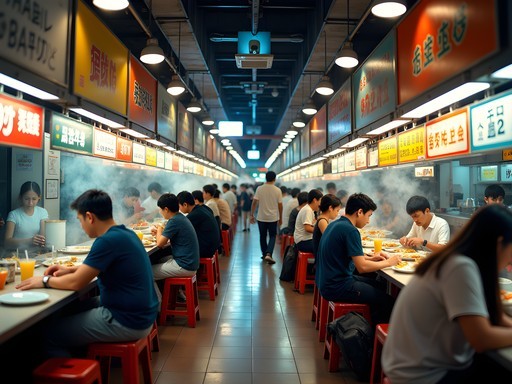
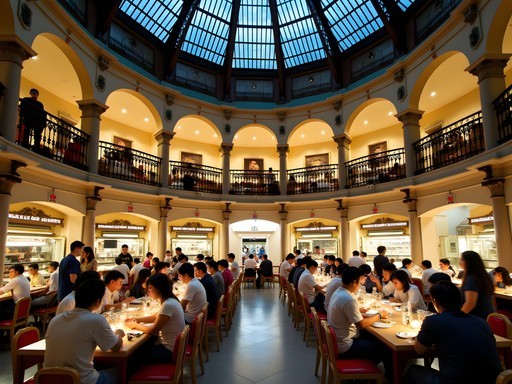
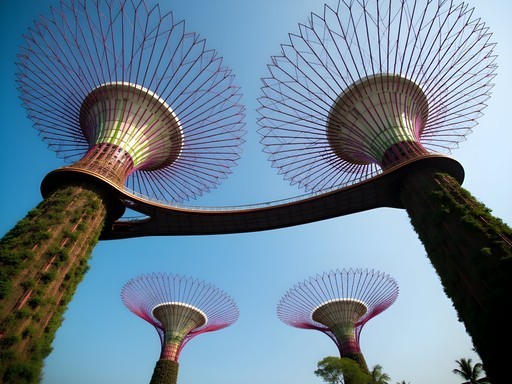
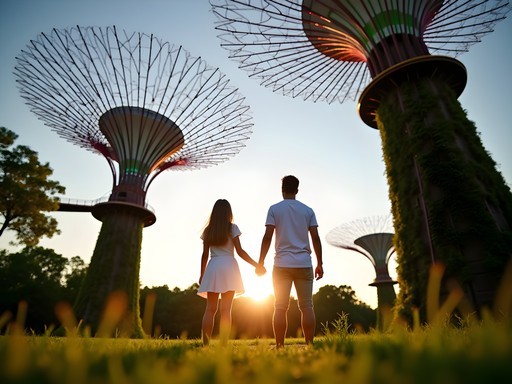
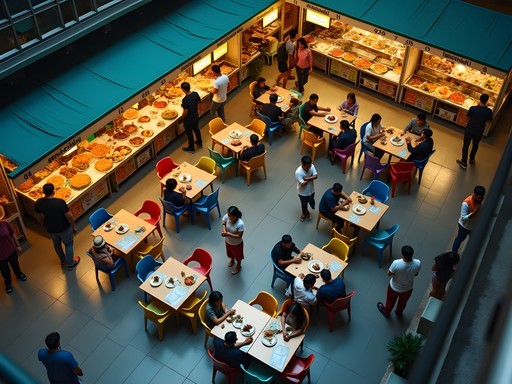

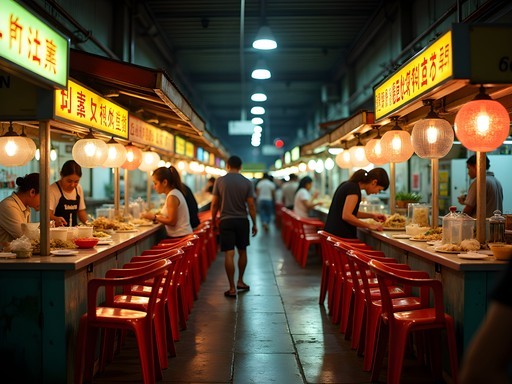

Comments
dreamlegend
Those photos of Pulau Ubin are STUNNING!!! Can't believe this exists so close to ultra-modern Singapore! Definitely adding this to my itinerary for next month's trip. How long should I plan to spend there?
Emilia Richardson
Thank you! I'd recommend a full day (8am-4pm) to really explore properly. The last bumboats back to the mainland are around 6pm, but you'll want to leave earlier to avoid any rush.
Jose McDonald
YES!!! Finally someone writing about the REAL Singapore! 🙌 I stumbled across that car enthusiast meetup near Lau Pa Sat last time I was there - INSANE collection of modded JDMs and some European classics too! The local guys were super friendly and let me check out their rides when they saw how excited I was. Also, that secret upper floor at Tiong Bahru Market is legit the best place for authentic local breakfast. The aunty at stall #37 makes the most incredible chwee kueh I've ever tasted! Pro tip: get there before 8am to avoid the lines and grab a table by the windows for people-watching. Singapore's hidden spots are GOLD!
dreamlegend
Omg thank you for the stall #37 tip!! Writing that down for my trip next month!
vacationtime
Heading to Singapore next month and definitely want to check out Pulau Ubin! How difficult is it to get there from downtown? Is there a specific day of the week that's best to visit? I heard weekends get pretty crowded with locals.
coffeechamp
We went on a Tuesday morning and practically had the place to ourselves! Take the MRT to Tanah Merah, then bus 2 to Changi Village, then a bumboat from the jetty. Super easy and the whole journey from downtown took about an hour. Bring water and use lots of mosquito repellent - I used insect spray and it worked great in the humidity.
vacationtime
Thanks for the detailed info! Will definitely plan for a weekday visit then.
redchamp
Great post! Never knew about that upper floor at Tiong Bahru Market!
Gregory Boyd
Brilliant piece on Singapore's hidden corners, Emilia. I've been to Singapore four times and somehow missed most of these spots! The Kranji countryside was a revelation when I finally discovered it last year - feels completely disconnected from the Singapore most tourists see. The Hay Dairies goat farm was surprisingly entertaining, and the Bollywood Veggies farm had some of the best local food I've tasted in Singapore. I'd add that renting a bicycle is the best way to explore Pulau Ubin - gives you the freedom to reach the more remote eastern side where the real magic happens. Did you make it to Chek Jawa wetlands while there?
dreamlegend
OMG yes! The bike rental places right at the jetty are super convenient. We got there early and had the trails almost to ourselves!
Emilia Richardson
Thanks Gregory! I did make it to Chek Jawa - absolutely magical at low tide. The boardwalk gives you such a unique perspective of the wetlands ecosystem. Completely agree about cycling being the best way to explore!
dreamfan
Just bookmarked this for my trip next month! Thanks!
islandtime
Just got back and tried some of these recommendations! Tiong Bahru Market was a highlight - we went early (7am) and watched all the locals doing their morning shopping routines. The kaya toast at the corner stall is to die for! We also made it to Pulau Ubin on our last day and it felt like stepping back in time. Rented bikes as someone suggested here and it was perfect. Didn't see any wild boars though, was kinda hoping to! Maybe next time. Thanks for this list Emilia!
Kimberly Murphy
Emilia, this is exactly the kind of content I live for! I've been to Singapore countless times but somehow missed half of these. The car enthusiast meetups sound fascinating - I'm not even into cars but love authentic local culture. Last month I discovered another hidden gem - Kampong Lorong Buangkok, Singapore's last surviving kampong village on the mainland. Feels like stepping back in time! The locals were so welcoming and it's a photographer's dream. Anyone heading there should go early morning when the light is magical and bring mosquito repellent!
SingaporeLocal
Great post but you missed Changi Village hawker centre! Much less touristy than the famous ones and the nasi lemak there is incredible. Also, for those visiting Pulau Ubin, go on weekdays. Weekends are packed with locals escaping the city.
EmmaWanders
Thanks for the Changi Village tip! Is it easy to get there by public transport?
SingaporeLocal
Yes! Take the MRT to Tanah Merah station then bus 2 to the terminal stop. About 15 minutes from the station. The beach there is nice too!
oceanninja1472
Anyone actually been to one of those underground car meetups mentioned in section 3? Heading to Singapore next month and my boyfriend would absolutely flip if we could check one out. Are they tourist-friendly or more local vibes only?
dreamone
My Grab driver mentioned these! Said they usually happen late night on weekends near industrial areas in Jurong. He said tourists are welcome but it's definitely not on any official tourism calendar lol
Venture X
Premium card with 2X miles, $300 travel credit, Priority Pass